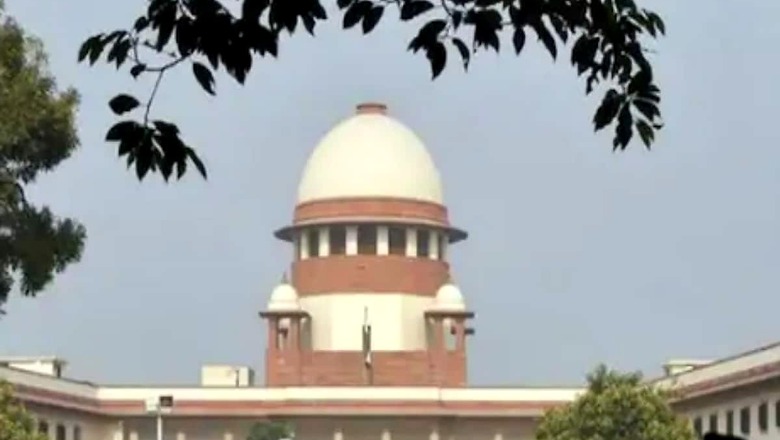
views
The Supreme Court on Wednesday said that though social media platforms have empowered movements but at the same time these are fraught with danger and can lead to the creation of highly polarised environments. The top court said that both these scenarios were witnessed in Shaheen Bagh, which started out as a protest against the Citizenship Amendment Act, gained momentum across cities to become a movement of solidarity for the women and their cause, but came with its fair share of chinks – as has been opined by the interlocutors and caused inconvenience of commuters.
The apex court referred to the reports of interlocutors and said it appeared that absence of leadership guiding the protest at Shaheen Bagh and the presence of various groups of protesters there had “resulted in many influencers” and perhaps demonstrations no longer remain the “sole and empowering voice of women”.
We live in the age of technology and the internet where social movements around the world have swiftly integrated digital connectivity into their tool kit; be it for organising, publicity or effective communication,a bench of Justices Sanjay Kishan Kaul, Aniruddha Bose and Krishna Murari said. It said that technology, however, in a near paradoxical manner, works to both empower digitally fuelled movements and at the same time, contributes to their apparent weaknesses.
The ability to scale up quickly, for example, using digital infrastructure has empowered movements to embrace their often-leaderless aspirations and evade usual restrictions of censorship; however, the flip side to this is that social media channels are often fraught with danger and can lead to the creation of highly polarised environments, which often see parallel conversations running with no constructive outcome evident, the bench said.
The report filed by interlocutors suggested that views reflected in private conversations with the protestors were somewhat different from the public statements made to the media and to the protesting crowd in attendance, the bench noted.
It appeared that an absence of leadership guiding the protest and the presence of various groups of protesters had resulted in many influencers who were acting possibly at cross-purposes with each other, the bench said. Thus, the Shaheen Bagh protest perhaps no longer remained the sole and empowering voice of women, who also appeared to no longer have the ability to call off the protest themselves. There was also the possibility of the protestors not fully realising the ramifications of the pandemic, coupled with a general unwillingness to relocate to another site, it noted.
The bench said in its endeavour of pursuing an out of the box solution, it had appointed two interlocutors — senior advocate Sanjay Hegde and Sadhana Ramachandran — to meet the protestors at the site. The bench delivered its verdict on a plea by lawyer Amit Sahni against blockade of a road in Shaheen Bagh area by those protesting against Citizenship Amendment Act (CAA), which aimed to provide Indian citizenship to persecuted minorities of Pakistan, Afghanistan and Bangladesh.
The top court said that public spaces cannot be occupied indefinitely and demonstrations expressing dissent have to be in designated places alone and concluded that occupation of public ways in the anti-CAA protests at Shaheen Bagh here was not acceptable.
Observing that democracy and dissent go hand in hand, the apex court said constitutional scheme comes with the right to protest and express dissent, but with an obligation towards certain duties.
Restrictions were imposed on the Kaindi Kunj-Shaheen Bagh stretch and the Okhla underpass, which were closed on December 15 last year due to the protests. Later due to COVID-19 pandemic, the area was cleared.



















Comments
0 comment